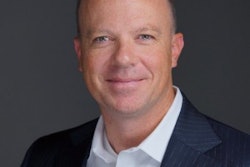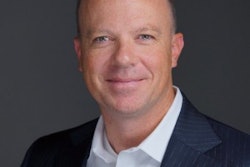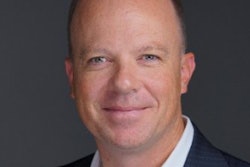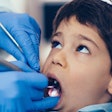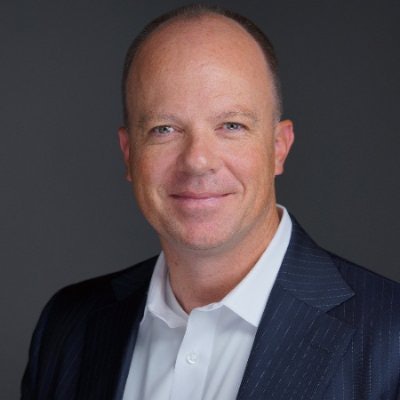
The basics of relationships have changed since the pandemic. The changes may be subtle to some, but to others, there seems to be a chasm of distance between people. As dentists, we need to establish closeness with our patients again.
 Dr. James V. Anderson
Dr. James V. AndersonMany factors in today's world make people fearful and reluctant to connect. In the dental office, we have to abide by infection control rules that are more stringent than they were before the pandemic. Our patients used to pandemic isolation may still not feel comfortable going out without a mask, and others are still getting used to talking without their faces covered.
As the changes keep coming, we should remember that change allows us to grow. Many people crave human-to-human contact, including personal connections and genuine caring from healthcare providers. If the patient leaves the office without an opportunity to be heard, we have lost the chance to build and strengthen that relationship.
2 strategies for making patients feel heard
Fortunately, there are two strategies we can use so patients feel heard and understood: motivational interviewing and reflective listening.
The principles of motivational interviewing can help us as providers connect with patients -- even in changing times. A key feature of motivational interviewing is developing open-ended questions to ask patients; that is, questions that allow more than a yes or no answer. If you ask a patient, "Do you have any questions?" too many times, the patient may stop engaging, because they don't want to take up your time, would prefer to leave, or don't know how to phrase their questions.
Perhaps worse, we may want to hear a patient's ideas and perspectives, but the way we talk to patients doesn't allow for an exchange of ideas. Often this is because we are tightly scheduled and are thinking about the patient waiting in the other treatment room.
In each patient's mouth is a story, not just a series of procedures from the past. Ask a patient how they feel about a crown with open margins or a filling that is washing out. Are they happy with the look of it or how it feels? A diagnosis is only part of the reason to do treatment, but what are the patient's thoughts and feelings about the treatment?
Reflective listening is another technique that builds confidence in communication. Everyone wants to be heard and understood. Reflective listening is affirming that you have listened to what the patient said by repeating it back to them.
Listening builds engagement, and when a patient feels they are being heard and understood, there is a positive outcome. Change can come about when the patient wants to change as a result of receiving affirmation and understanding.
Tips for better conversations
Below is a list of tips to ask better questions and listen more actively:
- Be aware of your body language and vocal tone. Show interest in your patients by making eye contact and focusing on what they are saying. Distractions will happen. Try not to lose your focus when a distraction happens.
- If you cannot give a person your full attention at a given moment, choose a place and/or time where you are less likely to be distracted.
- Ask questions to gain more information and help the patient think about the problem. Listen to their experience and perspective.
- If a patient needs to improve their oral hygiene, switch up your oral healthcare lecture. Consider asking questions like, "What do you like about your teeth?" or "What things are most important to you, and do your teeth play a part in that?"
- Give positive feedback. Be kind. Let the other person tell you their story.
- Check your understanding. Try asking, "Are you saying that ...?" to clarify what the patient is saying.
- As patients share their thoughts and feelings with you, reflect on your own thoughts and feelings about what they told you. Be patient, however. Some patients take longer to respond and enact change for their oral healthcare needs.
The goal is to connect with each patient on a level that is positive to them and helps them think about their dental health and the changes they can make to improve it. It's always good to provide care for your patients in a way that helps them change their habits and improve their overall health. Now is the time to get to know your patients.
Dr. James V. Anderson is a practicing dentist in Syracuse, UT, and is the CEO and founder of eAssist Dental Solutions. He can be reached via email.
The comments and observations expressed herein do not necessarily reflect the opinions of DrBicuspid.com, nor should they be construed as an endorsement or admonishment of any particular idea, vendor, or organization.




